Find out what happens when a spacecraft manages to break through the atmosphere
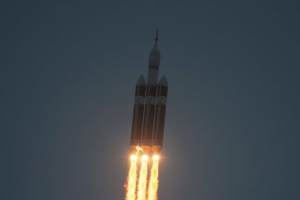 Space Exploration
Space Exploration

 Space Exploration
Space Exploration
Find out what happens when a spacecraft manages to break through the atmosphere
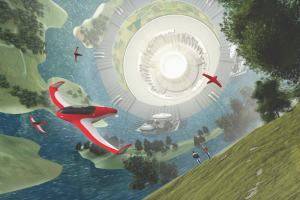 Space Exploration
Space Exploration
A craft with this ability would need to rely on plant life being able to flourish in space
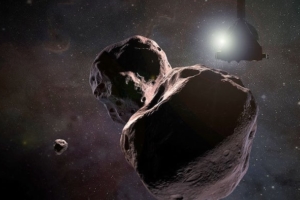 Space Exploration
Space Exploration
With no apparent hazards in its way, NASA’s mission has been given a “go” to stay on its optimal path to the Kuiper Belt Object
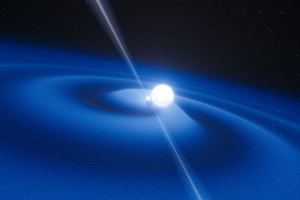 Deep Space
Deep Space
Read on to find out how these beacons of electromagnetic radiation act like GPS satellites
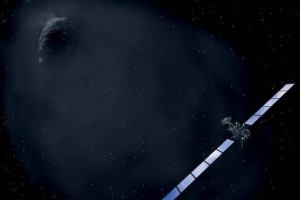 Space Exploration
Space Exploration
Sophie Allan at the National Space Centre looks at whether astronauts can land on the surface of comets – our Solar System’s travelling space snowballs
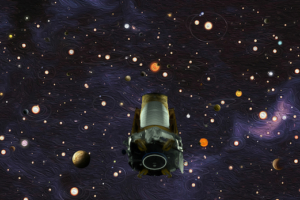 Space Exploration
Space Exploration
The space telescope has ran out of the fuel needed to advance on its already-impressive nine years of service
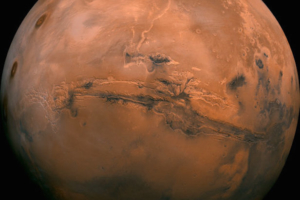 Solar System
Solar System
Radar data points to a pond buried under layers of ice and dust in the south polar region of the Red Planet
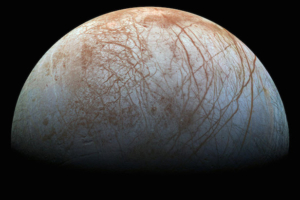 Space Exploration
Space Exploration
New comprehensive mapping of the radiation pummelling icy Europa reveals where scientists should look
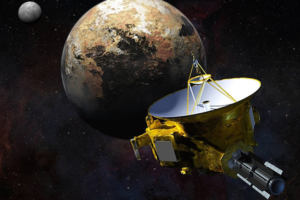 Space Exploration
Space Exploration
Now, thanks to the efforts of the team behind the spacecraft, the first official validated topographical maps published and are available to all
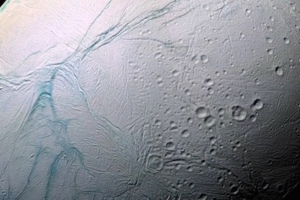 Solar System
Solar System
Using mass spectrometry data from NASA’s Cassini spacecraft, scientists found that large, carbon-rich organic molecules are ejected from cracks in the icy surface of the moon
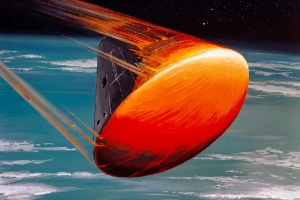 Space Exploration
Space Exploration
The science of re-entry explained
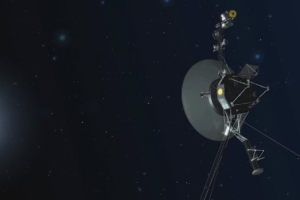 Space Exploration
Space Exploration
NASA’s farthest and fastest spacecraft is the only human-made object that has reached beyond the comfort of our Solar System
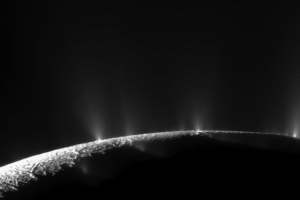 Solar System
Solar System
This study explains a number of key characteristics of the icy moon that was observed by the Cassini spacecraft
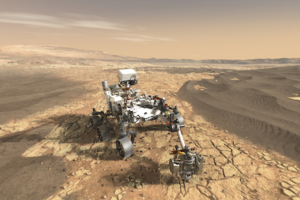 Space Exploration
Space Exploration
This will bring a new perspective to landing, navigating around and studying the surface of the Red Planet
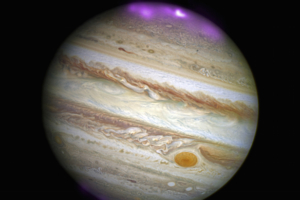 Solar System
Solar System
By observing the X-ray emissions from the Jovian planet, scientists speculate that the planet’s magnetic field could be causing unusual aurora
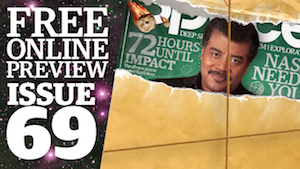 News
News
No-nonsense astrophysicist Neil deGrasse Tyson reveals his thoughts on the universe, fears for the American space program and George R. R. Martin – available now!
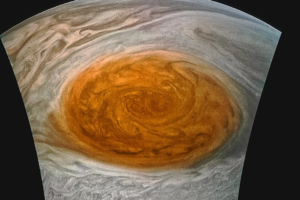 Space Exploration
Space Exploration
The new shots of the gas giant’s famous feature reveal a tangle of dark, veinous clouds weaving their way through a massive crimson oval
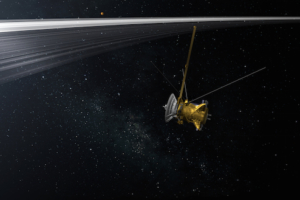 News
News
As the spacecraft plunges through the gap between the gas giant and its rings, mission members are shocked by the latest finding
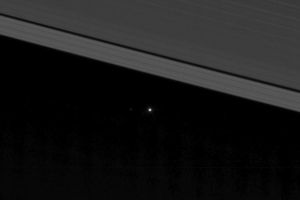 News
News
A new image from the NASA mission shows our planet as a point of light
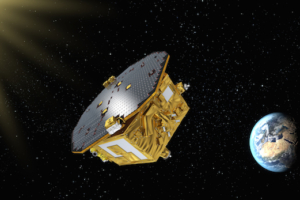 News
News
The mission has successfully demonstrated critical technologies needed to build a space-based observatory capable of detecting slight ripples in space-time